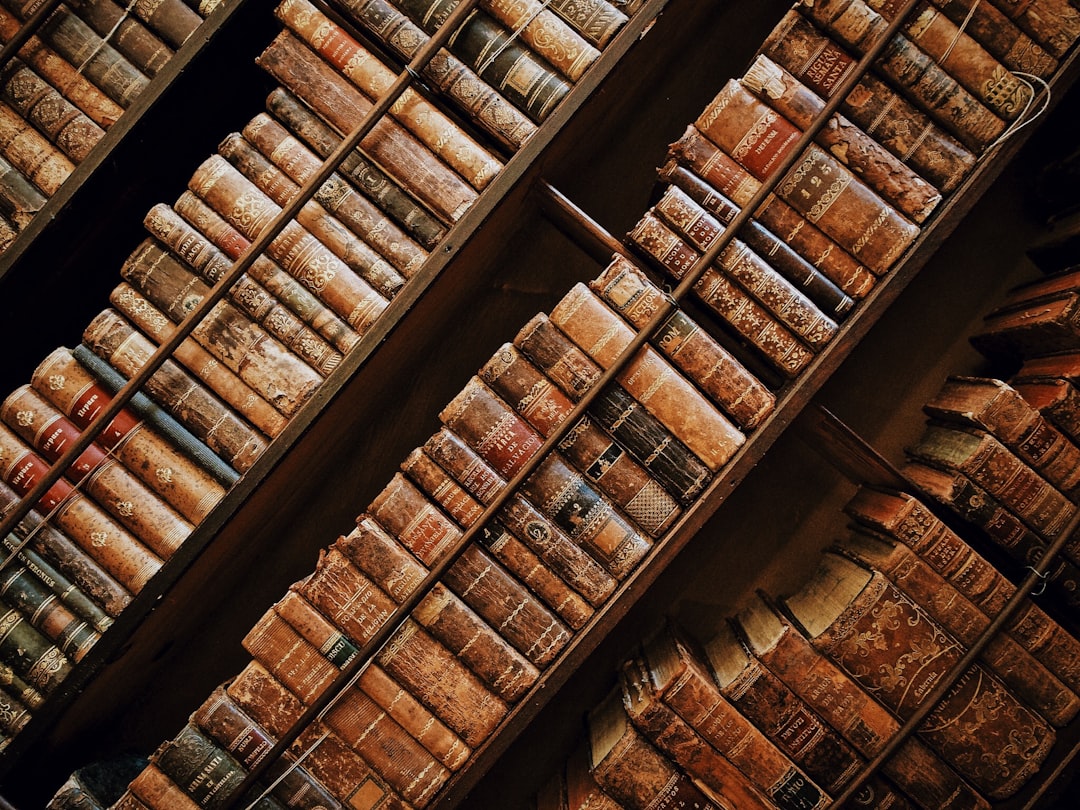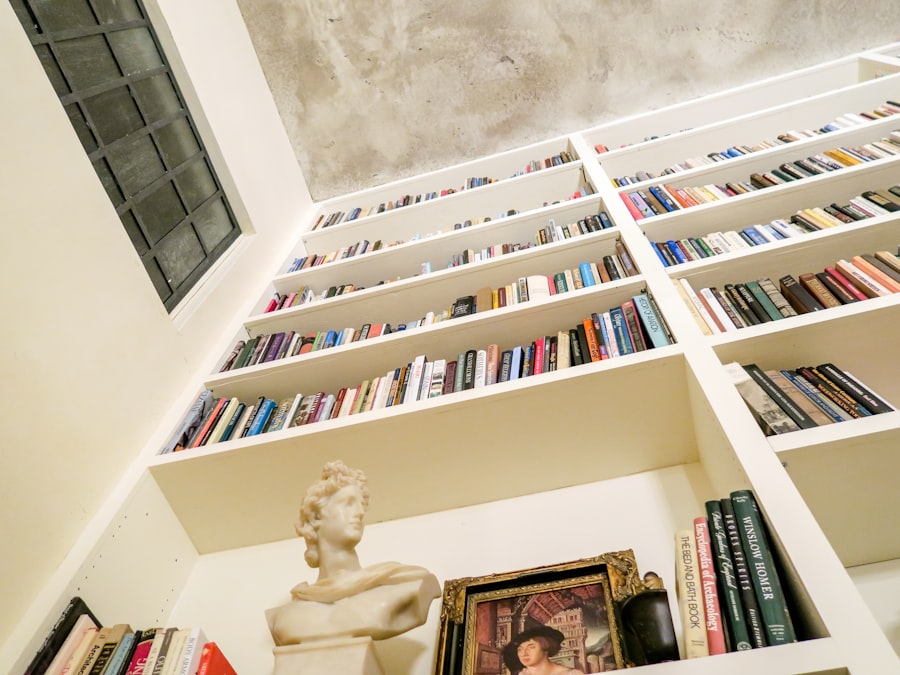
Mauritania, a nation located in the northwest of Africa, is a land of stark contrasts and rich cultural heritage. Bordered by the Atlantic Ocean to the west, it shares its borders with Western Sahara to the north, Algeria to the northeast, Mali to the east and southeast, and Senegal to the southwest. The country covers an area of approximately 1,030,700 square kilometers, making it the 11th largest country in Africa.
Despite its vast size, Mauritania is one of the least densely populated countries on the continent, with a population of around 4.5 million people. The capital city, Nouakchott, serves as the political and economic hub of the nation, while also being a gateway for travelers seeking to explore its diverse landscapes and rich history. The country’s geography is predominantly characterized by desert terrain, particularly the Sahara Desert, which occupies a significant portion of its landmass.
This arid environment is interspersed with oases and river valleys that provide vital resources for both people and wildlife. Mauritania’s cultural fabric is woven from a tapestry of influences, including Arab, Berber, and sub-Saharan African traditions. The official language is Arabic, but French is also widely spoken due to the country’s colonial past.
The blend of cultures is reflected in the nation’s music, art, and social customs, making it a fascinating destination for those interested in exploring the complexities of identity in a rapidly changing world.
Key Takeaways
- Mauritania is a North African country known for its diverse landscapes, rich history, and unique culture.
- Historical and cultural landmarks in Mauritania include the ancient city of Chinguetti, the Ben Amera monolith, and the UNESCO World Heritage site of Ouadane.
- The country is home to natural wonders such as the Banc d’Arguin National Park, the Eye of the Sahara, and the Adrar Plateau.
- Traditional Mauritanian cuisine features dishes like thieboudienne (fish and rice), babbouche (meat and vegetable stew), and cheb (millet porridge).
- Must-visit cities and towns in Mauritania include the capital city of Nouakchott, the ancient city of Oualata, and the coastal town of Nouadhibou.
- Practical tips for traveling to Mauritania include obtaining a visa in advance, respecting local customs and traditions, and being prepared for the country’s hot and arid climate.
Historical and cultural landmarks
Mauritania is home to several historical and cultural landmarks that offer insight into its rich past. One of the most significant sites is the ancient city of Chinguetti, which was once a thriving center of trade and scholarship during the medieval period. Designated as a UNESCO World Heritage Site, Chinguetti is renowned for its well-preserved architecture and its historic libraries that house ancient manuscripts dating back to the 9th century.
The city’s distinctive mud-brick structures and narrow alleyways evoke a sense of stepping back in time, allowing visitors to appreciate the architectural ingenuity of its inhabitants. Another remarkable landmark is the city of Ouadane, also a UNESCO World Heritage Site, which was established in the 12th century as a caravan stop along trans-Saharan trade routes. The remnants of its ancient fortifications and mosques tell stories of a time when Ouadane was a bustling hub for traders and scholars alike.
The city’s historical significance is further underscored by its role in the spread of Islam in West Africa. Visitors can explore the ruins and engage with local guides who share tales of the city’s storied past, providing a deeper understanding of Mauritania’s cultural evolution.
Natural wonders and landscapes

Mauritania’s natural wonders are as diverse as they are breathtaking. The Sahara Desert dominates much of the landscape, offering vast expanses of sand dunes that can reach heights of up to 150 meters. The Erg Chech, one of the largest sand dune fields in the world, showcases stunning vistas that change with the shifting winds.
Adventurers can embark on camel treks across these dunes, experiencing the tranquility and isolation that only such remote landscapes can provide. The interplay of light and shadow on the dunes creates an ever-changing canvas that captivates photographers and nature lovers alike. In contrast to the arid desert, Mauritania also boasts lush oases that serve as vital lifelines for both humans and wildlife.
The oasis town of Atar is surrounded by palm groves and fertile land where date palms thrive. This region not only provides sustenance but also serves as a gathering place for local communities. Additionally, the Banc d’Arguin National Park along the Atlantic coast is a UNESCO World Heritage Site known for its rich biodiversity.
The park is home to numerous migratory birds and marine life, making it a paradise for birdwatchers and nature enthusiasts. The juxtaposition of desert landscapes with coastal ecosystems highlights Mauritania’s ecological diversity.
Traditional Mauritanian cuisine and local delicacies
| Dish | Main Ingredients | Description |
|---|---|---|
| Thieboudienne | Fish, rice, vegetables | A popular fish and rice dish cooked in a tomato sauce with various vegetables. |
| Chakery | Milk, couscous, sugar | A sweet dessert made with couscous, milk, and sugar, often flavored with vanilla or other spices. |
| Maalouba | Chicken, rice, vegetables | A layered dish of chicken, rice, and vegetables, often flavored with a blend of spices. |
| Thiakry | Millet, yogurt, sugar | A creamy dessert made with millet, yogurt, and sugar, sometimes topped with raisins or nuts. |
Mauritanian cuisine reflects the country’s cultural diversity and geographical influences. A staple food in Mauritania is rice, often served with various sauces or stews made from meat or vegetables. One popular dish is “thieboudienne,” which consists of rice cooked with fish, vegetables, and a rich tomato sauce.
This dish not only showcases local ingredients but also embodies the communal aspect of dining in Mauritania, where meals are often shared among family and friends. Another traditional delicacy is “mechoui,” which involves roasting whole lambs or goats over an open fire. This dish is typically prepared for special occasions and celebrations, highlighting the importance of hospitality in Mauritanian culture.
Spices such as cumin, coriander, and chili are commonly used to enhance flavors, reflecting the culinary influences from both Arab and African traditions. Additionally, Mauritania is known for its sweet treats like “makroud,” a semolina pastry filled with dates or nuts and often served during festive occasions.
Must-visit cities and towns
Nouakchott, the capital city, is an essential starting point for any traveler exploring Mauritania. The city offers a blend of modernity and tradition, with bustling markets such as the Marché de Nouakchott where visitors can find everything from textiles to traditional handicrafts. The vibrant atmosphere is complemented by local street food vendors offering delicious snacks like “boulfaf,” grilled meat skewers seasoned with spices.
Nouakchott also features several cultural institutions, including museums that showcase Mauritania’s history and art. Another must-visit destination is Atar, known for its proximity to stunning desert landscapes and historical sites. The town serves as a base for exploring nearby attractions such as Chinguetti and Ouadane.
Atar itself has a charming market where local artisans sell their crafts, providing an opportunity to engage with the community while supporting local economies. For those seeking adventure, Atar offers access to camel trekking tours that lead into the Sahara Desert, allowing travelers to experience the beauty of the dunes firsthand.
Practical tips for traveling to Mauritania

Traveling to Mauritania requires some preparation due to its unique cultural context and geographical challenges. It is advisable for travelers to obtain a visa before arrival; this can typically be done through Mauritanian embassies or consulates abroad.
It is also recommended to carry anti-malarial medication due to the presence of malaria in certain regions. When navigating within Mauritania, it’s important to consider transportation options carefully.
Engaging with local guides can enhance the travel experience by providing insights into cultural practices and ensuring safety during excursions into remote regions. Lastly, respecting local customs and traditions is crucial; dressing modestly and being mindful of social norms will foster positive interactions with locals while enriching one’s understanding of this fascinating country.
If you’re interested in exploring more about various places around the world, you might find the article on Massachusetts Facts and Places to Visit quite enlightening. Similar to the comprehensive details provided in the Mauritania Facts, Places, and Sights, this article offers a deep dive into Massachusetts, highlighting its rich history, cultural significance, and must-visit destinations. Whether you’re a history buff, a nature lover, or just curious about different parts of the world, this article provides valuable insights and suggestions for exploring the unique aspects of Massachusetts.
FAQs
What are some interesting facts about Mauritania?
– Mauritania is the 11th largest country in Africa and is located in the Maghreb region of North West Africa.
– The country is known for its vast desert landscapes, including the Sahara Desert, which covers a significant portion of the country.
– Mauritania is a predominantly Islamic country, with Islam being the official religion and Arabic being the official language.
– The country is rich in natural resources, including iron ore, copper, and gold, which are important to its economy.
What are some popular places to visit in Mauritania?
– Chinguetti: This ancient city is known for its well-preserved architecture and is a UNESCO World Heritage site.
– Nouakchott: The capital city of Mauritania, Nouakchott offers a vibrant market, beautiful beaches, and a lively fishing port.
– Banc d’Arguin National Park: This national park is a UNESCO World Heritage site and is known for its diverse birdlife and stunning coastal landscapes.
– Terjit Oasis: Located in the Adrar region, this oasis is a popular destination for its natural springs and palm groves.
What are some must-see sights in Mauritania?
– The Eye of the Sahara: Also known as the Richat Structure, this geological formation is a prominent feature in the Mauritanian desert and is often referred to as the “Eye of Africa.”
– Atar: This town is a gateway to the Adrar Plateau and is known for its stunning landscapes, including canyons, rock formations, and ancient cave paintings.
– The Iron Ore Train: This train is one of the longest and heaviest in the world and is used to transport iron ore from the mining town of Zouérat to the port of Nouadhibou.
– The Maaden Adrar: This ancient archaeological site is home to prehistoric rock art and is a fascinating glimpse into Mauritania’s early history.



